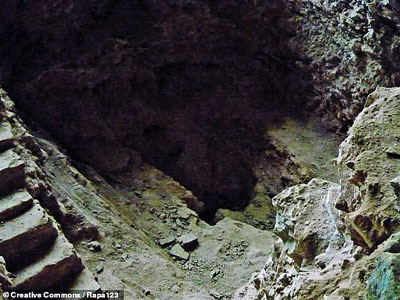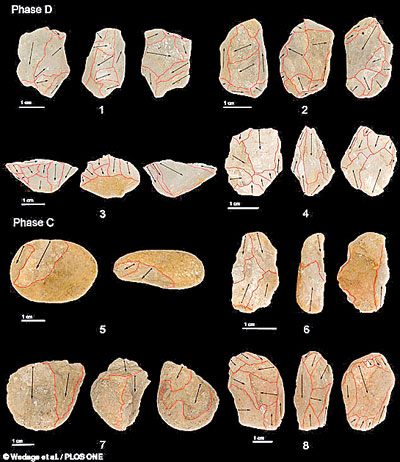News
Sri Lanka’s Fa-Hien Lena: The site of the oldest human-made tools in South Asia

The interior of Fa-Hien Lena
The oldest known tools from South Asian rainforests have been found in Sri Lanka—tiny, retouched stones called microliths that date back around 45,000 years.
Archaeologists had previously thought that rainforests presented a barrier to the early spread of humankind. In comparison with the environments of Europe and Africa, these dense tropical surroundings are considerably more challenging to both travel through and inhabit.
However, the discovery of these tools, which are believed to have been weapons to kill animals hiding in trees, suggests humanity spread more diversely than was thought. The tools—along with the formation of complex social structures—may have been key in letting humans adapt to life in the rainforest and nearly every habitat beyond.
Archaeologist Oshan Wedage of the Max Planck Institute for the Science of Human History in Germany and colleagues analysed microliths, from the west Sri Lankan cave of Fa-Hien Lena, that date back to around 48,000–45,000 years ago.
The formation of microlithic tools are often associated with the production of composite, projectile weapons like spears, which are used by cultures with advanced hunting strategies. While these tools were common in Europe at this time, similar-aged microliths had not previously been found in South Asia or in a rainforest setting.
“We undertook detailed measurements of stone tools and reconstructed their production patterns at the site of Fa-Hien Lena Cave,” said Mr Wedage.
“This is the site with the earliest evidence for human occupation in Sri Lanka. We found clear evidence for the production of ‘miniaturised’ stone tools or ‘microliths’ at Fa-Hien Lena, dating to the earliest period of human occupation,” he added.
While further research will be needed to determine exactly how these stone tools were used, the team believe that they were likely employed to hunt, capture and kill tree-dwelling prey like monkeys and tree squirrels.
In addition, the researchers note that the tools found in the Fa-Hien cave bear a considerable similarity to those used by the local cultures as recently as around 4,000 years ago — suggest a long-term technological stability in the region.
The full findings of the study were published in the journal Plos One.
©Daily Mail, London

The exact use of these tools remains unclear

